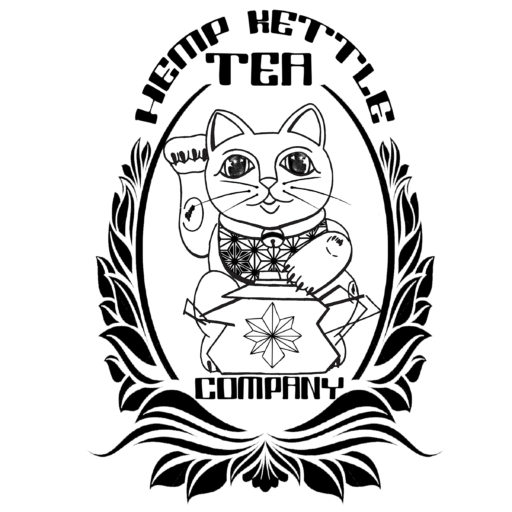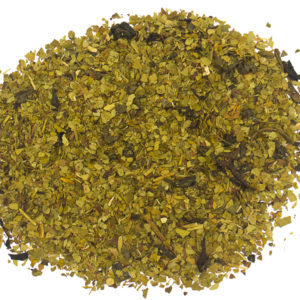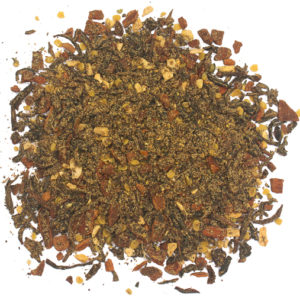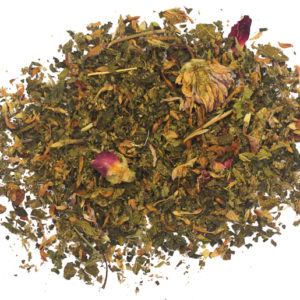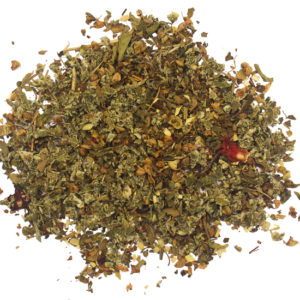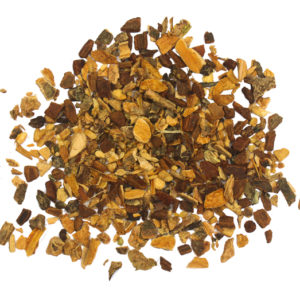Tea: Drink of the Ages
Tea is one of the oldest drinks on the planet. It is made by soaking dried leaves in water. Many choose to drink tea instead of coffee simply because of the wide variety of blends and flavors and the lower caffeine content. From matcha tea that is made for Japanese tea ceremonies to old-style sweet tea in the South, tea offers a variety of blends and a range of complexity that can continue to surprise even seasoned, dedicated tea drinkers.
Varieties of Tea
Most commonly, tea variations include black, green, white, oolong, herbal, and rooibos tea. Most of this is derived from the plant Camellia sinensis, which typically grows in China and India. Some teas are not made from actual leaves but from other parts of the plant.
Since teas have a wide range of variations in the flavors of the actual tea leaves themselves, it is common for the leaves to be blended with other types of herbs, spices and flora.
In the preparation of teas, one must consider fermentation and oxidation. Not all tea preparation necessitates the same process, and steeping times can vary widely. For the best results you’ll want to follow the suggested prep directions, as tea blends can be quite delicate and you might end up with a bitter or oversaturated cup.
The tea fermentation process allows enzymes on the leaves that need to wither or bruise by hand to interact with air. Oxidation then takes place and changes the compounds and color of the leaves, which brings forth the essence and flavor of the tea. This causes a great change in the flavor that is dependent on temperature, humidity, and other aerial conditions.
Let’s take a look at a few different types of teas to learn more about them:
Black Tea
Black tea, also commonly referred to as red tea, is a tea native to China. It is one of the more well-known teas and undergoes full oxidation for perfect flavors!. The regions of Assam, Darjeeling, Nilgiri, and Sri Lanka are a few well-known black tea producers. The flavor varies by region and type of black tea. Black tea typically has a full-bodied, malty, and strong flavor profile.
Popular black teas are Assam tea, Darjeeling, Earl Grey tea, and English breakfast tea.
Green Tea
Green tea is perhaps the most well-known tea globally. It does not go through the oxidation process and contains slightly less caffeine than black tea. The tea leaves actually go through hand-picking, drying, and heat treatment to prevent oxidation! One traditional Chinese method pan-fires the leaves which creates a duller green color. There is also a traditional Japanese steam method that allows the tea leaves to achieve a brighter green shade. Green tea has a bright, earthy, and grassy or vegetal flavor profile.
Popular varieties of green teas are Matcha, Sencha, Gunpowder Green tea, and Dragonwell (Longjing) green tea.
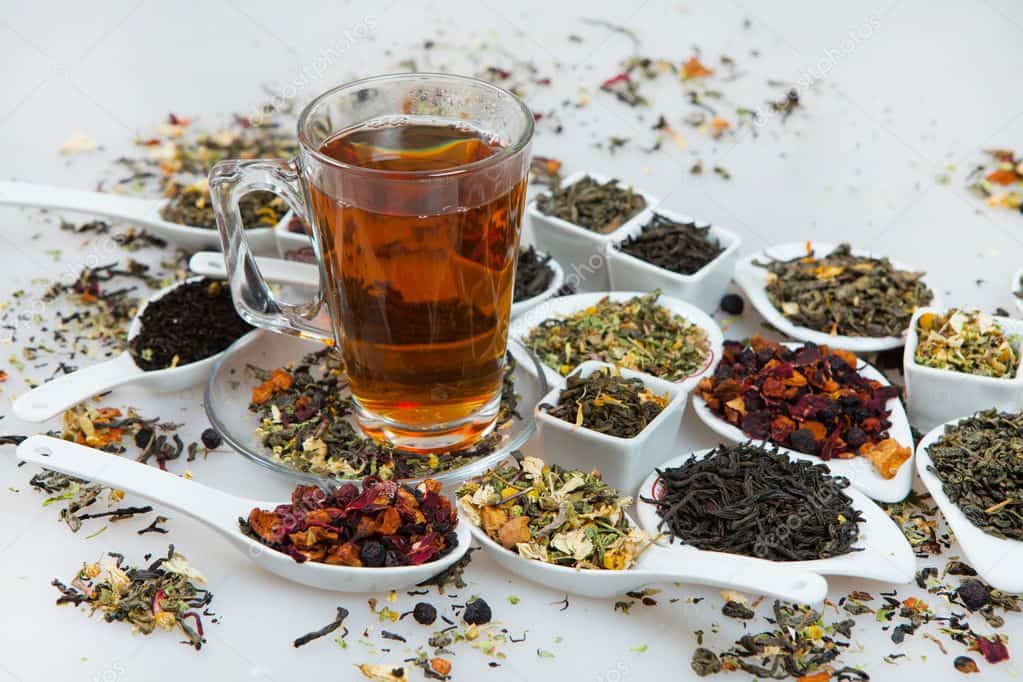
White Tea
Crafted and native in the Fujian province, these tea leaves are the type that goes through the least amount of processing. The leaves are simply left to wither and dry on their own. This gives the tea leaves a delicate, sweet, and well-rounded flavor. White tea has a lower caffeine content than it’s black and green tea counterparts. White teas have a delicate, floral, or fruitful flavor profile.
Popular Varieties of white teas are Silver Needle (Baihao Yinzhen) and White Peony (Bai Mudan)
Herbal Tea
Herbal teas come from dried herbs, fruits, spices, and flowers. These blends produce a wide range of flavors, ranging from delicate to powerful. Generally caffeine-free, herbal blends are ideal for customers with dietary restrictions. Some standard ingredients for herbal infusions include chamomile, ginger, lemongrass, peppermint, rosehips, hibiscus, and dried fruits. Herbal teas range wildly in taste, however they often offer a delicate, fruity/herbaceous, or sweet flavor profile.
Popular varieties of herbal teas are hibiscus, chamomile, peppermint, and Yerba Mate (the last of which does have some naturally occurring caffeine).
Rooibos Tea
African red tea, commonly known as Rooibos (pronounced as Roy-bows) is a native of South African Red Bush. The tea leaves undergo grounding and bruising and are then fermented and dried. Green rooibos tea doesn’t go through an oxidation/fermentation process and has a lighter flavor. Rooibos Teas have an earthy, smooth, or sweet flavor profile.
Popular varieties of rooibos teas are red rooibos and green rooibos.
Oolong Tea
Oolong (or Wulong) tea is seasonal tea. The leaves undergo oxidation and are picked in the later part of the season than green tea. The leaves bruise by being tossed or shaken inside baskets, which changes the oxidation process. The heat treatment stops the oxidation, which is dependent on the region and creates different flavors. Oolong teas are usually ultra-fragrant and offer a full-body flavor profile.
Popular varieties of oolong teas are Ti Kuan Yin (Iron Goddess of Mercy) and Dan Cong (Phoenix Tea).
